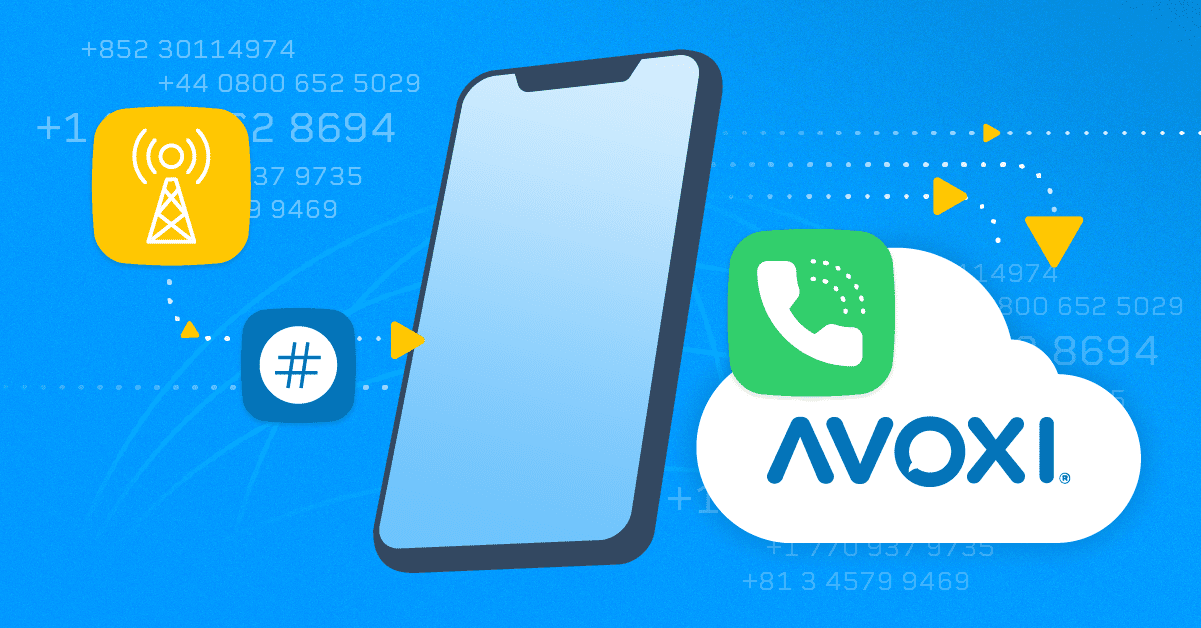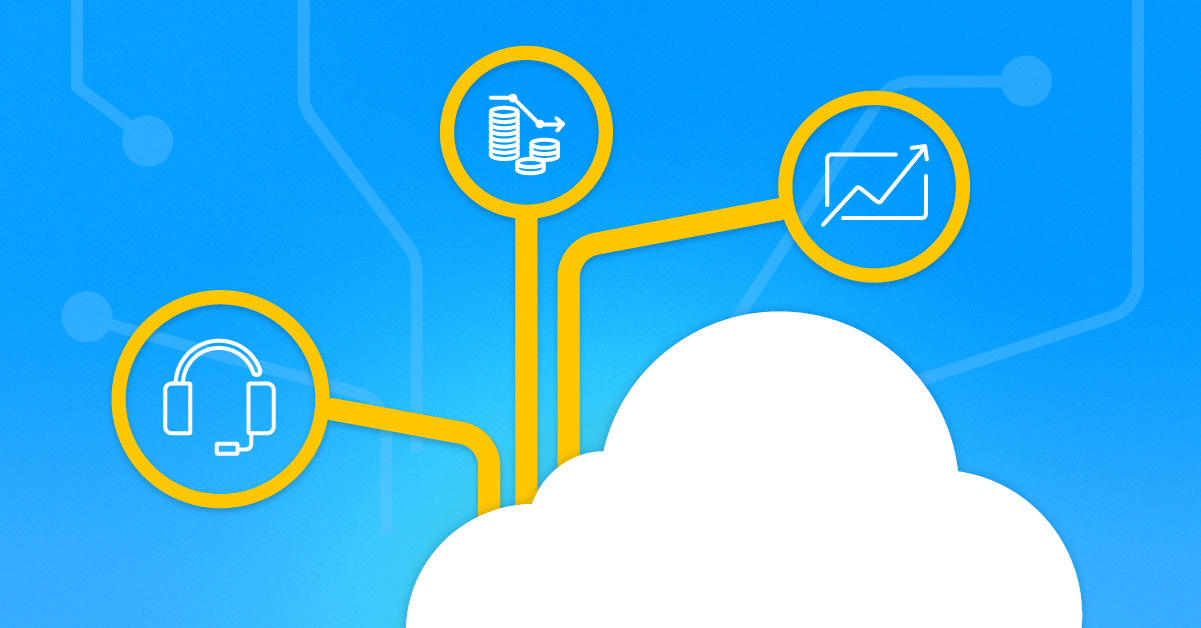Computer Telephony Integration
Computer Telephony Integration (CTI)
What is Computer Telephony Integration?
Computer Telephony Integration (CTI) refers to the technology that allows computer systems to interact with telephone systems. It integrates voice communication with computer applications, enabling features that improve the efficiency and effectiveness of telecommunication services. This integration allows for various functionalities such as automated call distribution, call logging, screen pop-ups with customer information and call recording.
CTI connects telephony systems (traditional landlines, VoIP, etc.) with computer networks. This may involve using protocols such as Telephony Application Programming Interface (TAPI) or Computer Telephony Integration Protocol (CTI Protocol).
CTI allows for advanced call control features, including initiating, transferring and terminating calls directly from the computer interface. This can be done through software applications that manage these functions.
When a call comes in, the CTI system can pull up relevant customer information automatically. This might include previous interactions, purchase history or service requests, all displayed on the agent’s screen.
CTI systems often have a robust database that stores call logs, customer information and agent performance metrics. This data can be used for reporting, analysis and strategic decision-making.
CTI systems can work seamlessly with CRM platforms, helpdesk software and other applications, creating a cohesive environment for managing customer interactions.
Importance of Computer Telephony Integration
Streamlined Operations
CTI automates many of the manual processes associated with handling calls, which helps streamline operations. This reduces the workload on agents, allowing them to focus on customer interactions rather than administrative tasks.
Enhanced Customer Experience
With CTI, agents receive customer information instantly as calls come in, thanks to features like screen pop-ups. This enables personalized interactions, which significantly improves the overall customer experience.
Improved Data Management
CTI systems often integrate with Customer Relationship Management (CRM) software, providing a centralized platform for managing customer data. This ensures that all customer interactions are recorded and easily accessible, facilitating better service.
Increased Efficiency
By automating call routing, logging, and tracking, CTI enhances operational efficiency. This leads to shorter call handling times, reduced wait times for customers and improved first-call resolution rates.
Analytics and Reporting
CTI provides valuable data for performance analysis and reporting. Managers can track key metrics such as call volume, average handling time and agent performance, helping to identify areas for improvement.
Benefits of Computer Telephony Integration
Cost Reduction
By improving efficiency and reducing manual processes, CTI can lead to lower operational costs. It can also reduce the need for extensive training, as agents can easily navigate integrated systems.
Enhanced Collaboration
CTI facilitates better communication between departments. For instance, sales and support teams can access the same customer information, leading to more coordinated and effective service.
Scalability
CTI systems can be scaled easily to accommodate growth. As businesses expand and call volumes increase, the system can adjust to meet new demands without significant additional investment.
Improved Agent Satisfaction
By streamlining workflows and providing agents with the tools they need to perform effectively, CTI contributes to higher job satisfaction. This can lead to reduced turnover rates.
Omnichannel Support
Many CTI systems integrate various communication channels, including voice, email, chat and social media, providing a unified platform for customer interactions.
Computer Telephony Integration vs VoIP
Functionality
CTI: Focuses on the integration of telephony systems with computer applications, enabling features like call routing, data management and customer service enhancements.
VoIP: Primarily deals with the transmission of voice calls over the internet, converting voice signals into digital data packets. VoIP enables cost-effective voice communication but does not inherently offer the integration capabilities that CTI does.
Use Cases
CTI: Commonly used in call centers to enhance customer service, improve data management and streamline operations.
VoIP: Used for general voice communication, including personal calls, business communications and video conferencing.
Integration
CTI: Can be integrated with VoIP systems to enhance functionality. Many modern CTI solutions are designed to work with VoIP platforms, leveraging the benefits of both technologies.
VoIP: Can be a component of a CTI solution, providing the underlying telecommunication infrastructure.
Best Practices for Implementing Computer Telephony Integration
Before implementing a CTI system, it’s important to outline specific goals. Whether it's improving customer satisfaction, enhancing data management or increasing efficiency, having clear objectives will guide the implementation process.
Select a CTI solution that aligns with your organization’s needs. Consider factors like scalability, compatibility with existing systems and available features.
Provide comprehensive training for agents and support staff on how to effectively use the CTI system. Continuous support is also crucial to address any issues that may arise post-implementation.
Regularly assess the performance of the CTI system using key performance indicators (KPIs) such as average handling time, first-call resolution rates and customer satisfaction scores.
Since CTI systems handle sensitive customer information, prioritize data security measures. Implement encryption, access controls and regular security audits to protect customer data.
Make sure your CTI system can seamlessly integrate with other tools and platforms in use, such as CRM and helpdesk software, to create a cohesive workflow.
Solicit feedback from agents and customers to identify areas for improvement. This information can help refine the CTI system and enhance overall performance.
Conclusion
Computer Telephony Integration is a transformative technology that enhances the capabilities of call centers and improves customer service. By integrating telephony with computer systems, organizations can streamline operations, increase efficiency and provide a more personalized customer experience. Understanding the benefits of Computer Telephony Integration, how it works and how it compares to VoIP can empower businesses to make informed decisions when adopting this technology. Following best practices during implementation will further ensure that the system delivers maximum value, leading to better outcomes for both customers and organizations. Contact AVOXI today to learn more.
Related Topics
Additional Resources

PSTN Replacement
Guide to Voice Termination Services

Retain Phone Number
International
Number Porting

Virtual Phone Line
Benefits of
SIP Trunking
Interested in Learning More?
AVOXI is the cloud communication platform of choice for enterprises and companies with international markets. The road to modernized communications has never been easier, learn what AVOXI can do for you today.